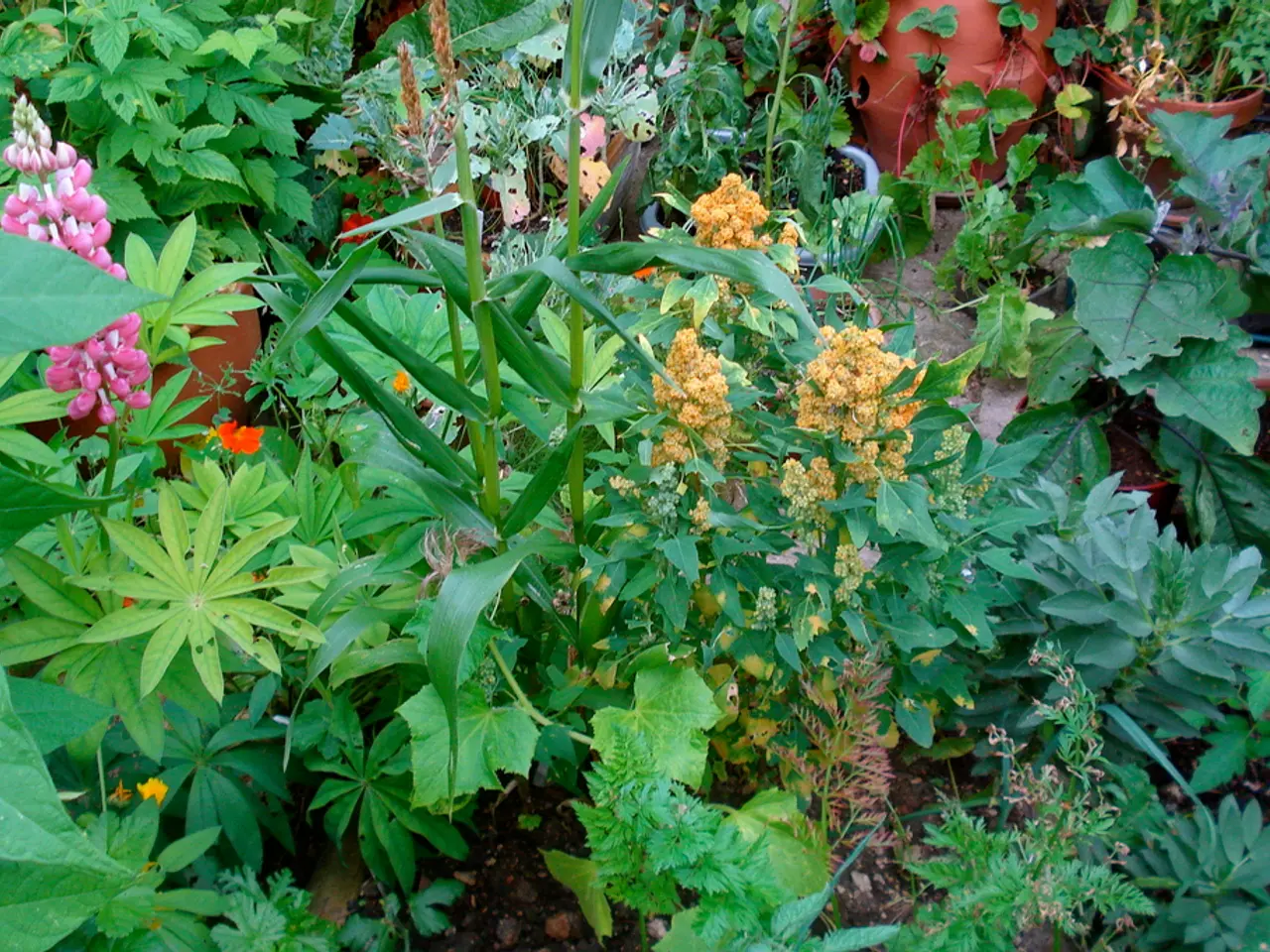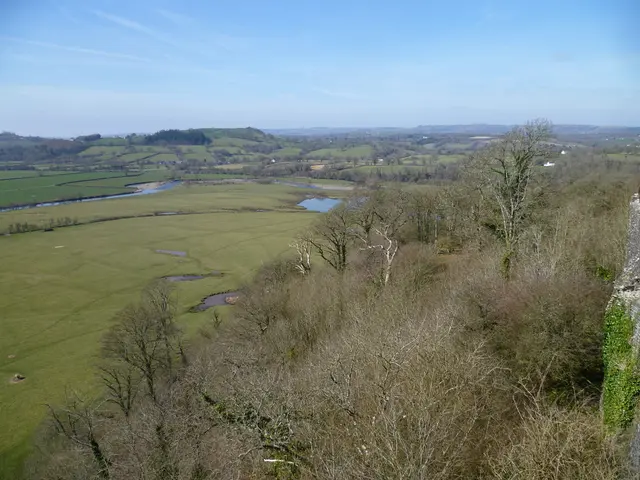Endangered Oasis Gardens Require Planning Safeguards
Allotment gardens in the Ruhr region play a significant role in urban green spaces and climate protection, offering multiple environmental and social benefits. These vital green oases, often overlooked in urban planning, contribute to climate adaptation strategies, biodiversity enhancement, local food production, and community engagement.
In the densely populated Ruhr region, allotment gardens serve as crucial green spaces in urban planning by providing a cooling effect, mitigating the urban heat island effect. Research indicates that allotments in Functional Urban Areas (FUAs) provide cooling services benefiting millions of inhabitants, including approximately 1.7 million people in Germany alone. This cooling effect helps lower local temperatures, contributing directly to climate adaptation strategies in dense urban regions like the Ruhr.
Beyond their cooling benefits, allotment gardens foster biodiversity and ecosystem services critical for urban resilience. While some allotments are maintained for recreational purposes, others focus on productive uses such as orchards and vegetable growing. These productive allotments contribute to local biodiversity and ecosystem services, providing habitats for insects and birds.
Allotment gardens also function as gathering spaces for residents of diverse cultural and generational backgrounds, creating social cohesion and reinforcing community engagement. This sense of community is vital for building collective responsibility towards sustainable urban living and climate action.
Contemporary urban planning in Germany, including in the Ruhr region, increasingly recognizes allotment gardens not only as private leisure spaces but as integral parts of public green infrastructure. The Federal Office for Building and Regional Planning promotes development guidelines that combine private allotment use with public park functions, enhancing accessibility and multifunctionality of these green spaces.
However, the growth of cities on the Rhine and Ruhr is leading to a rise in the pressure to convert vacant land for profitable use. This pressure is particularly high for allotment gardens in city centers, near transport routes, or near commercial and industrial areas. The value of allotment gardens as green urban oases is significant, but they are often not given adequate consideration in urban planning for climate protection.
Allotment associations in the Ruhr region are increasingly cooperating with schools and kindergartens, turning allotment and school gardens into important extracurricular learning sites. Allotment gardens contribute significantly to climate protection, serving as climate compensation areas, fresh air corridors, and refuges for flora and fauna.
To secure the qualitative and quantitative goals in the land use and green space plans, it is urgently necessary to develop or update allotment development concepts. Sustainable planning must balance the need for urban development with the crucial ecological and social functions that allotment gardens provide.
Sonja Bongers, the Chair of the SPD City Council Fraction and a Member of the North Rhine-Westphalia State Parliament, highlights the importance of allotment gardens in urban climate protection strategies. As cities continue to grow and urban development pressures intensify, it is crucial to ensure that allotment gardens remain vital green spaces within our cities.
[1] Kuenkel, J. (2017). Urban Agriculture and Climate Adaptation: A Review of the Literature. Land Use Policy, 65, 336-346. [2] Schäfer, A., & Böhm, M. (2018). The Future of Allotment Gardens in Germany. Journal of Agriculture, Food Systems, and Community Development, 6(3), 1-10. [3] Kellert, S. R., & Manning, A. D. (2007). The Biophilia Hypothesis and Human Well-being: Toward a New Understanding of the Connection between Nature and People. BioScience, 57(5), 477-485. [4] Tscharntke, T., et al. (2012). Biodiversity and Ecosystem Functioning in Agroecosystems: A Synthesis of Syntheses. Annual Review of Entomology, 57, 573-595. [5] Bundesamt für Bauwesen und Raumordnung (2016). Planungsrichtlinien für die Erschließung von Allotmentgärten. Retrieved from https://www.bbsr.bund.de/DE/Themen/Stadt-und-Land/Planung-und-Bau/Planungsrichtlinien/Allotmentgarten/allotmentgarten_node.html
In the various literature such as [1], [2], [3], and [4], allotment gardens are recognized as essential elements not only for leisure, but also for the improvement of urban climate and enhancement of biodiversity. The Federal Office for Building and Regional Planning ([5]) highlights the importance of combining private allotment use with public park functions to increase accessibility and multifunctionality of these green spaces.
It is essential to incorporate allotment gardens into education and self-development initiatives, as demonstrated by the cooperation between allotment associations and schools and kindergartens in the Ruhr region (mentioned in the text). These collaborations help foster environmental-science knowledge among young students and contribute to their overall development.




